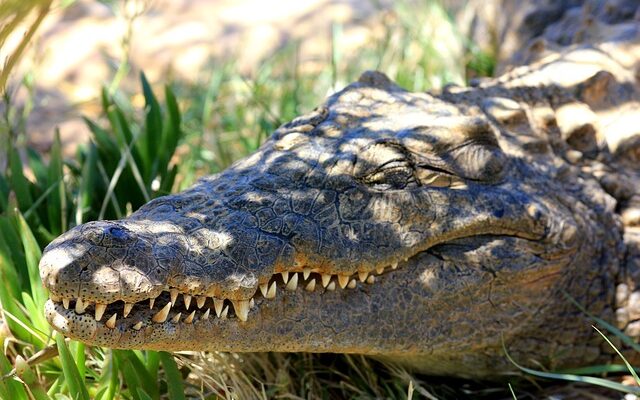Introduction:
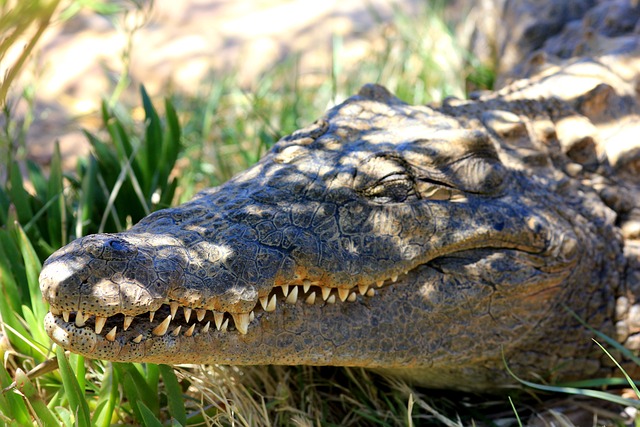
The largest extant crocodile skull is the 84 cm long skull of a Malaysian false bird (Tomistoma schlegelii). The head alone is over 6.5 meters long! Can you imagine how long this specie is? Skulls give us information about animals from the past. Their teeth give us signs about what they ate and how long they may have lived. They have sharp, interlocking teeth that are often well-preserved in fossilized skulls. Let’s take a look at what makes their skulls so unique.
Description:
Delve into the intriguing world of crocodile skulls in our latest article which explores the remarkable anatomy and evolutionary adaptations of these ancient reptiles. From the formidable Nile crocodile to the elusive gharial, our piece takes readers on a captivating journey through the unique features that make their skulls a marvel of natural engineering.
What do reptile skulls have in common?
Reptiles are diapsids, which means they have two openings in the skull on either side of the head, just behind the eye socket. These openings are called upper and lower temporary openings. There are always exceptions in the animal kingdom, such as turtles and certain extinct groups that are not diapsids. They are considered anapsids without an opening behind the eye socket.
What are the two openings behind the eyes in a crocodile skull used for?
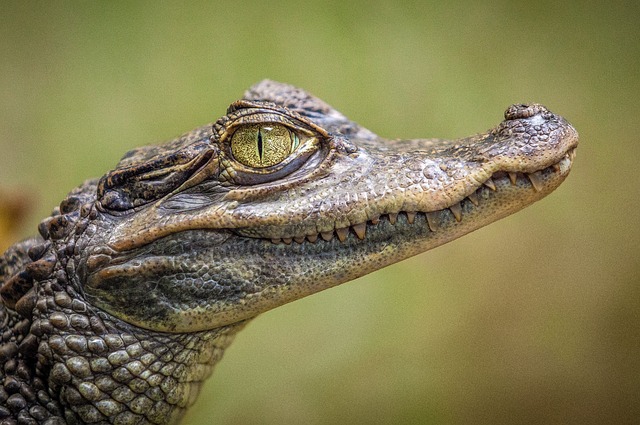
The upper and lower temporary openings give the jawbone muscles room to expand. Lions and tigers have a bite force of about 1,000 psi (4,450 newtons), but they have a bite force of 3,700 pounds per square inch! That corresponds to 16,460 Newtons. It’s a powerful bite.
What is special about their skulls?
They have a secondary bony palate that other animals do not have. The palate is the palate.
they have a second that separates the nasal cavity. Their nostrils are located at the top of the nose and lead through the nasal cavity into the pharynx to the choana (the place where air enters the throat). As you learn more about the history of ancient crocodiles, you will find that fossilized skulls show that this choana dates back further back to the time when they evolved.
What is missing from a crocodile skull?
Their skulls have no opening for a parietal organ, also called the third eye or the pineal eye. Animals with a third eye cannot see with it, but it functions as a sensory organ that is believed to produce hormones and is used in thermoregulation. Lizards such as bearded dragons and iguanas have a parietal organ and an opening in the skull where it is located. It doesn’t have them
.
Are all crocodile skulls the same?
Their cranium are very different. There are 24 different species of crocodiles (alligators are a species of crocodile) and each skull is slightly different. The main difference between an alligator and a crocodile is that an alligator has a rounded wider snout and a their has a V-shaped, thinner snout. Ganggavials, another crocodile species, have a very long, thin snout (and therefore a long, thin skull).
Teeths Of Crocodile:

with longer mouths have more teeth:
Dwarf crocodile: 60 teeth
Saltwater crocodile: 66 teeth
Nile crocodile: 64-68 teeth
Alligators: 74-80 teeth
Gavial: 110 teeth
Are their teeth sharp?
Their teeth are tapered and sharp, but not as sharp as a snake’s fangs. There is no sharp tip at the tip. Actually, they are round and blunt. You can run your finger along the bottom line of an alligator skull without hurting yourself. They use their powerful jaws to snatch their prey, just like wildebeest. They use their teeth to hold the animal in their jaws so they can drag it into the water and drown it. This is called a “death list”. They have no molars to chew on. Rather, they eat their food whole.
Which crocodile has the biggest teeth?
Deinosuchus is an ancient crocodile with the largest teeth. A look at the Deinosuchus skull shows why it was nicknamed “the terrible crocodile.” Fossils of this type have been found in the United States and Mexico. The largest teeth were eight inches long. Think about it; A table knife is 9¼ inches long. So they had rows of teeth slightly smaller than table knives! Deinosuchus was among the largest crocodiles, with an estimated length of 9 to 12 meters. Big crocodile, big teeth!
What is the largest crocodile skull of all time?
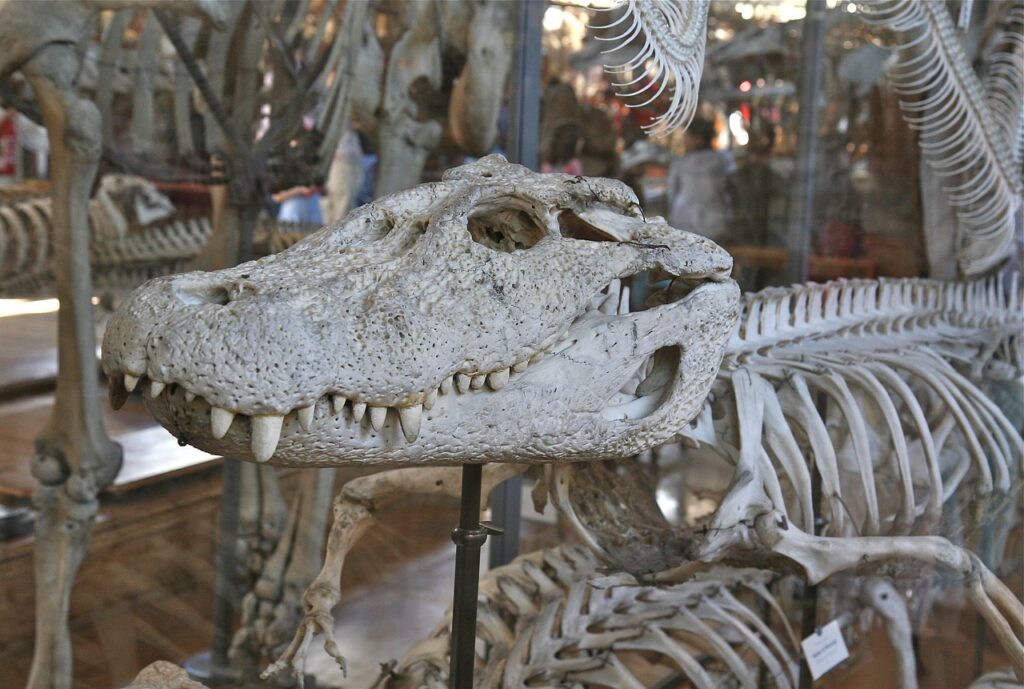
The largest crocodile cranium is 86 cm long. It comes from a Malaysian pseudo-avial (Tomistoma schlegelii). Remember that gharials have the longest and thinnest snouts of all crocodiles. False gharials (also called tomistomas) are a separate species but look similar to gharials. This skull can be seen in the British Museum. Two other notable skulls are on display in the Munich Museum, a false gharial measuring 81.5 cm and one in the American Museum of Natural History measuring 76.5 cm.
What is the largest skull of a land animal?
According to Guinness World Records, the largest SKUll of a land animal is the dinosaur Pentaceratops, with a skull height of 3.2 meters (10 ft 6 in). Pentaceratops resembles a Triceratops with a large bony collar over its head. The fossil cranium was found in New Mexico in 1941.
The saltwater crocodile:
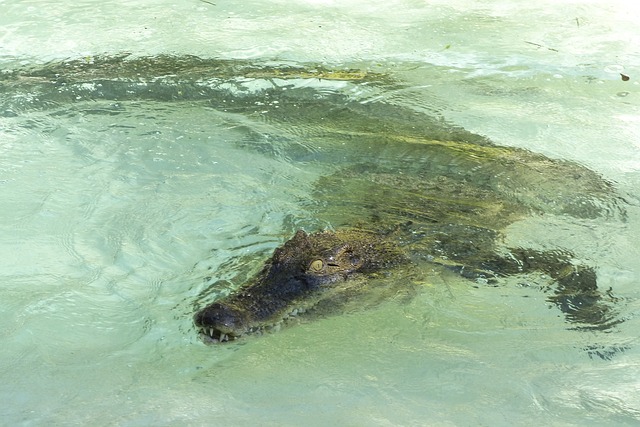
The saltwater crocodile may not be an endangered crocodile species, but it is emblematic of the many crocodile species that are vulnerable or vulnerable on the IUCN Red List. At the other end of the spectrum are the Chinese and Philippine crocodiles. With fewer than 100 adults left in the wild, the Philippine crocodile is the most endangered crocodile in the world.
There is no direct cause for the global decline of crocodile populations. Depending on the species, there are some common factors that have affected wild populations. These factors include habitat destruction, hunting for hides to make luxury designer handbags, hunting for meat, disrupted human interaction, and even competition between species living in the same habitats.
The saltwater crocodile is the largest crocodile species and can grow up to 7 meters long. Its strength and solidity are unbeatable. Instead, we appreciate its beauty in a stunning static state of polished bronze.

